London in 4 Days | The Best Travel Guide for 2023
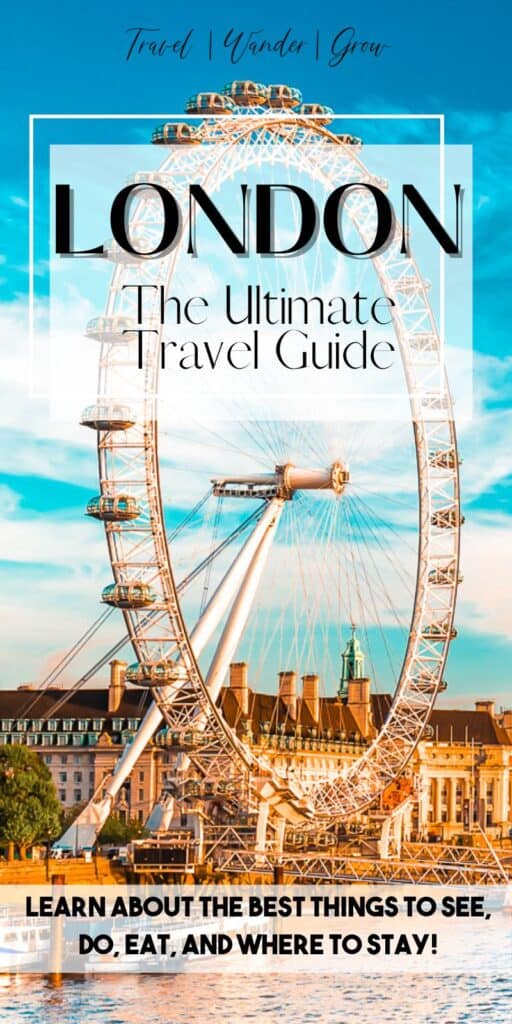
London is a city rich in history and full of vacationer-friendly activities. It is an extremely popular travel destination, demonstrated by the fact that it was the #2 most visited city in the WORLD in 2022. In fact, there were nearly 19 million international visitors to the city last year! So chances are, if you haven’t already visited London, it’s at least crossed your your mind. I’ve been to London several times, and I like to think of London as an entry into International travel. Especially for those coming from places like the US or Canada. Culturally, there are many similarities particularly to the New England region in the US. Also, as it has a large immigrant population, at times it may remind you of a diverse city like New York. All in all, you are likely to feel pretty at home here, depending on where you are from. What I think is the biggest different is the lengthy history, archeological sites, and of course, royalty. This short travel guide will provide an overview of all you should do to see London in 4 days.
Brief City History | London
London is one of the oldest cities in the world and has a rich and varied history spanning over 2,000 years. The city was founded by the Romans in AD 43 and was initially called Londinium. The Romans established a port on the River Thames, which allowed the city to become an important trading center. Londinium soon grew in size and importance and became the capital of Roman Britain. The city was attacked and destroyed by Boudicca and her army in AD 60, but it was quickly rebuilt and continued to flourish under Roman rule until the decline of the Roman Empire.
After the Romans left Britain in the 5th century, London fell into decline and was largely abandoned. However, the city was later revived by the Saxons, who made it their capital. During the Middle Ages, London grew in size and wealth, becoming one of the most important cities in Europe. It was during this time that the Tower of London was built, as well as many other iconic buildings and landmarks.
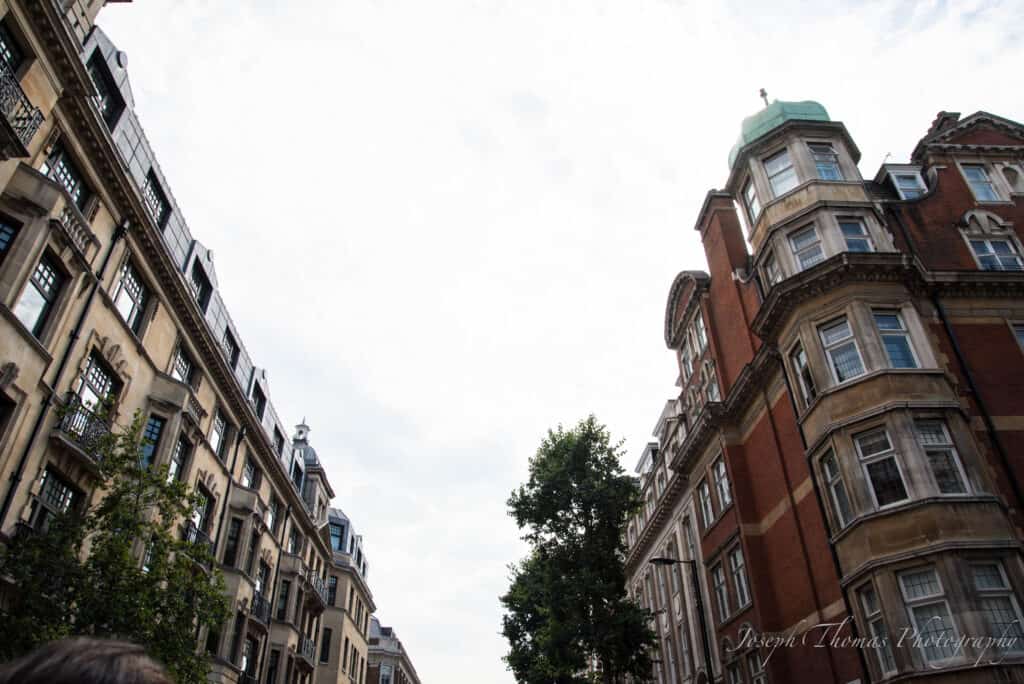
In the 16th and 17th centuries, London underwent significant changes as it became the center of the British Empire. It was during this time that many of the city’s most famous landmarks were built, including St. Paul’s Cathedral, Buckingham Palace, and the Houses of Parliament. The Great Fire of London in 1666 destroyed much of the city, but it was quickly rebuilt and continued to prosper.
During the 20th century, London grew rapidly and became a global hub for finance, culture, and technology. The city played a significant role in both World War I and World War II and has continued to play a leading role in international affairs. Today, London is one of the most diverse and cosmopolitan cities in the world, and its rich history is still evident in its many landmarks and cultural institutions.
Know Before You Go: London in 4 Days
Getting to London
For those of you based in the east coast of the US, getting to London is a relatively short 5-6 hour flight “across the pond”. If you are already in Europe, it is easy to find flights for $200 or less by booking through RyanAir or EasyJet. In order to find the best deals, I like to use kayak.com, momundo, or google flights to compare ticket costs.
Getting around London
If you arrive in Heathrow first, the Heathrow Express offers a direct ride to Paddington Station in 15 minutes. If you fly in through Gatwick, the Gatwick Express offers a direct ride to Victoria Station in about 30 minutes. Once you’re in London, I personally think the London Tube is the best and most efficient way to travel around the city. Tourists are eligible for the Oyster Card, which offers a lower fare than the standard card. The only drawback is that you must order it before arriving in the city, but it is completely worth it.
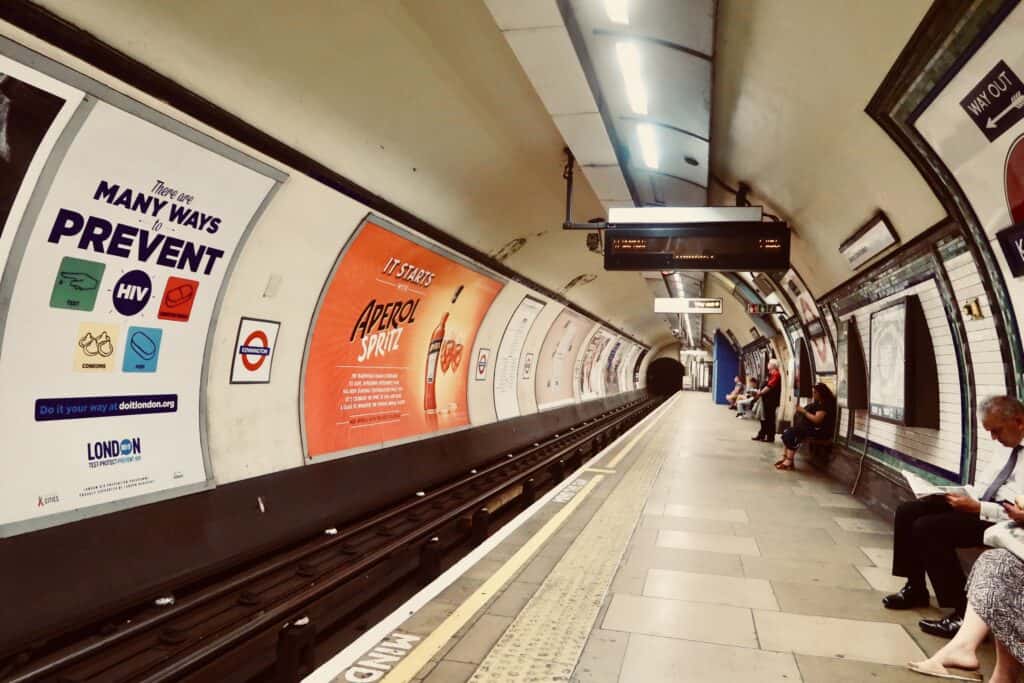
Where to Stay in London
Due to the higher exchange rate, it can be a bit difficult to find good deals on hotels. I recommend checking out AirBnb to find a place to stay or search sites like Booking.com to find reasonable priced accommodations.
When looking at locations to stay within the city, the neighborhood you select will likely depend on your individual preferences. To be close to most major London attractions, I recommend staying within the London Tube Fare Zone 1. Some neighborhoods/ areas worth considering are Kensington, Covent Garden, and Soho. Check out this post by A Lady in London for more info.
On my last trip to London we found a great deal at London House Hotel by using a similar site.
Here are a few specific hotel recommendations:
Hyde Park Hotel recommendation
London House Hotel
⭐️⭐️⭐️
If you are looking for a cost effective option, this hotel in Hyde Park is a very solid option. I stayed here on a prior trip to London and found the rooms comfortable and clean. It is also very convenient to plenty of restaurants and shops too!
Soho Hotel recommendation
The Soho Hotel
⭐️⭐️⭐️⭐️
This hotel is conveniently located just a 5-minute walk from Oxford Street, and is also close to Piccadilly Circus. This gives you easy access to some of London’s best restaurants, theaters, and nightlife. There is an onsite restaurant that offers breakfast and afternoon tea.
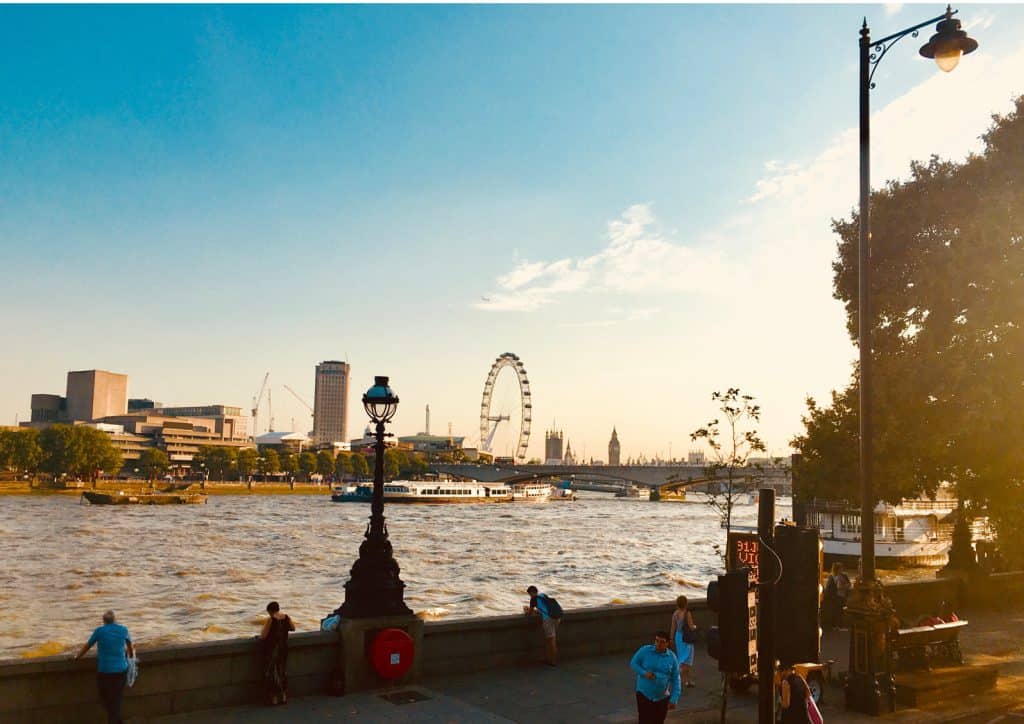
Currency in London
One thing to keep in mind when traveling to London is that prices can be a bit high due to the higher currency exchange rates. At the time this post was written, the exchange rate was $1.00=£0.84. This rate has improved a bit following Brexit, but is certainly something to keep in mind as you plan your trip. Click here for the latest currency rates.
When to Visit London
I recommend visiting London in late summer when the crowds begin to die down a bit, but you can still find attractions open into the evening. You are also more likely to experience nice, sunny days in the summer as well. If traveling in the fall/winter is more your style, just know that attractions will close around 4pm. But thankfully the winters there are pretty mild.
Where to Eat in London
London isn’t exactly known for having great food, as standard London fare can be a bit heavy (e.g., beans, meat, potatoes). This doesn’t mean that you can’t find some good options, especially for international food. I tried some of the best Indian food I’ve ever experienced in London at Dishoom. Other options include Duck & Waffle (Euro-British fusion), Bar 61 (Spanish Tapas), and taNgia (Moroccan).
Fun fact – the last time I went to Dishoom, I spotted Tessa Thompson! (Who tried to cut the line, but was not permitted.
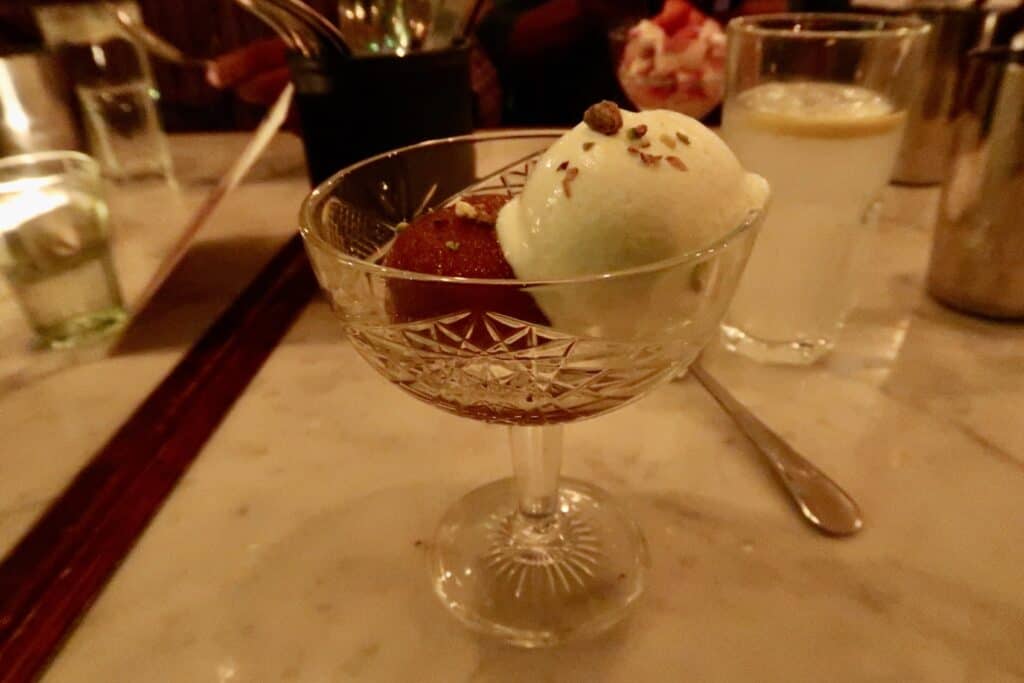
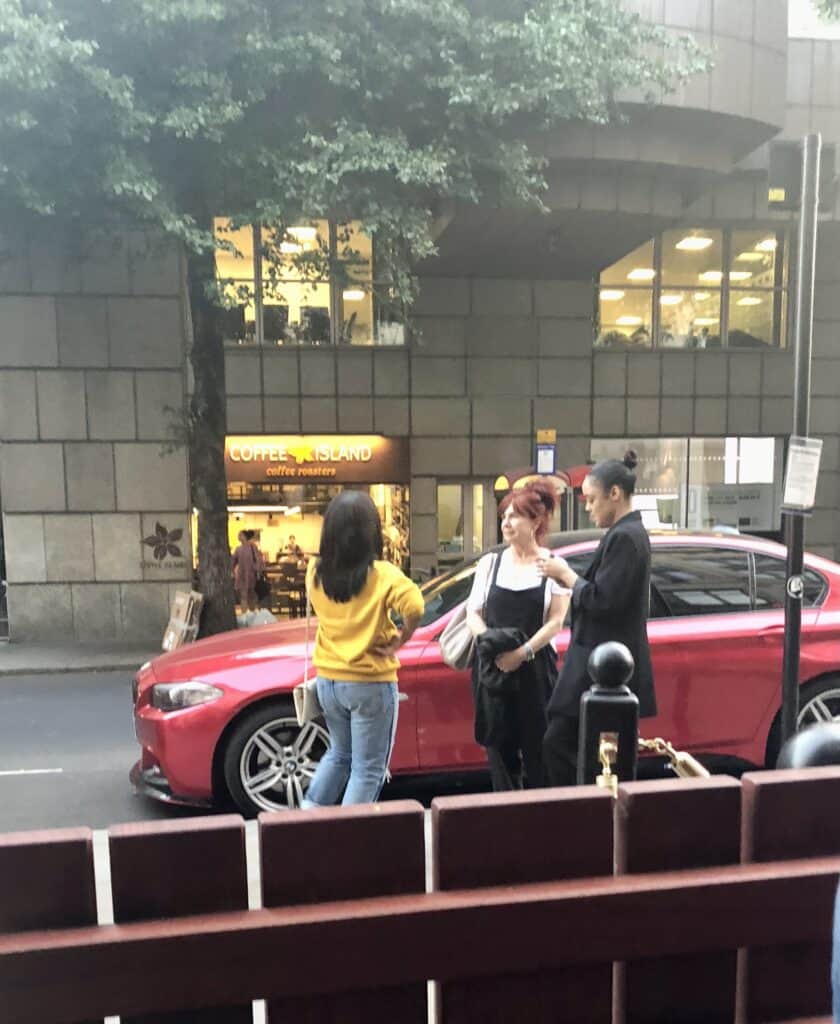
Check out this link for more facts about London that might be helpful as you plan your trip.
The Itinerary | Four Days in London
Day 1 | Getting to Know the City
As I’ve mentioned in my other posts, on your first day in London (or any new city) you should take a city tour. I usually recommend a walking tour, but due to the sheer size of the city and limited availability of comprehensive walking tours, I’d recommend a tour such as Toot Bus.
This tour gives you the option to travel via several routes on this tour and see the majority of London city attractions. In fact, you can use this system as your primary method of transportation, if you have the time/patience. That’s what I did on my last trip to London, and found it a great way to see the city from above, similar to Barcelona.
While on this tour, I recommend stopping to see some of these sites at your leisure, and traveling via the Yellow Line (at least to start). Here are a few ideas:
London Eye: The London Eye is one of the most iconic landmarks in London, and is a giant Ferris wheel located on the South Bank of the River Thames. It was originally built to celebrate the new millennium, and was the tallest Ferris wheel in the world when it opened in 2000. The London Eye stands at a height of 135 meters and has 32 capsules, each of which can hold up to 25 people.
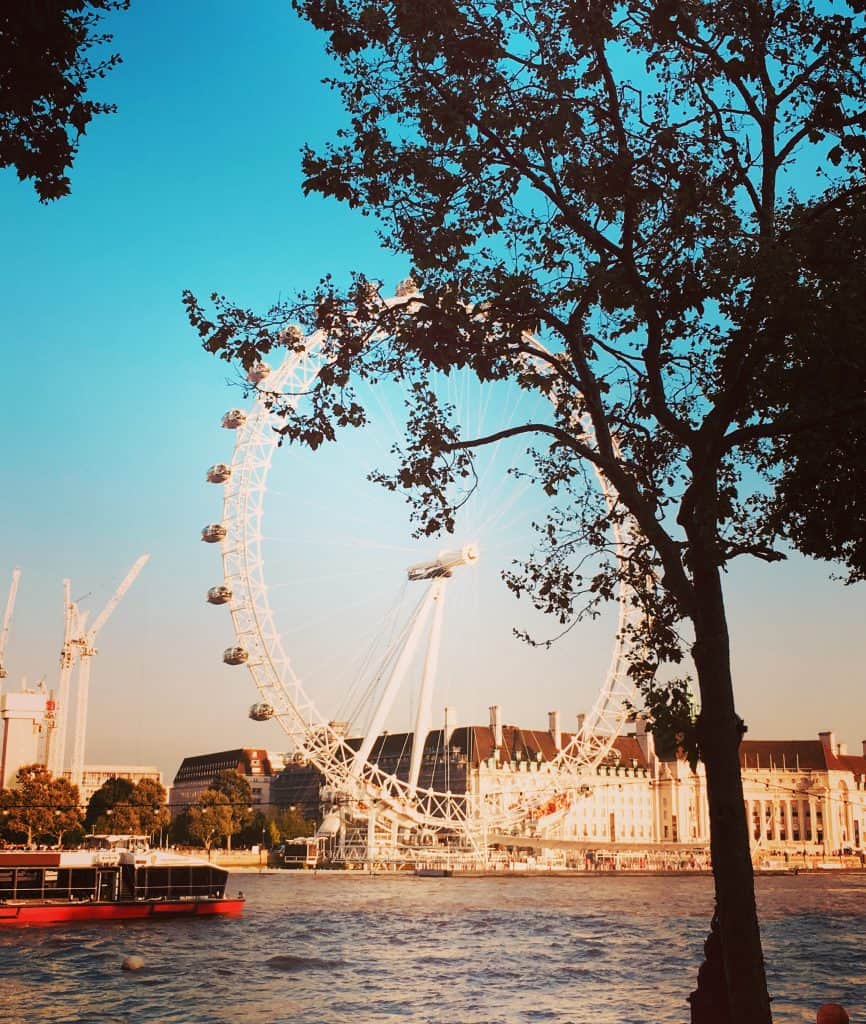
Visitors to the London Eye can enjoy stunning views of the city, including many famous landmarks such as Big Ben, the Houses of Parliament, and St. Paul’s Cathedral. The London Eye has become a popular tourist attraction, and attracts millions of visitors each year. It has also been used for many special events, such as hosting a temporary viewing platform for the 2012 London Olympics. The London Eye has become an important part of London’s skyline and a symbol of the city’s modernity and innovation.
Westminster Abbey: Another famous London landmark, Westminster Abbey is located in the heart of the city. It is a royal church and the traditional site of coronations and burials for British monarchs. For example, this is the location where Queen Elizabeth was both wed and coronated. The abbey has a rich and varied history, dating back to the 7th century when it was founded as a Benedictine monastery. The current building, however, dates back to the 13th century and is a stunning example of Gothic architecture.
Inside the abbey, visitors can see the tombs of many famous historical figures, including kings and queens, statesmen, scientists, and writers. Some of the most famous figures buried in Westminster Abbey include Isaac Newton, Charles Darwin, and Elizabeth I.
The abbey also contains many beautiful works of art, including stained glass windows, sculptures, and paintings. Westminster Abbey is a must-see attraction for visitors to London, and is a living symbol of the country’s rich history and cultural heritage.
Big Ben: Big Ben is so iconic that it is often used as a symbol for the city and the United Kingdom as a whole. It is actually the nickname for the Great Bell of the clock tower at the north end of the Palace of Westminster. The clock tower, officially known as the Elizabeth Tower, stands at 96 meters tall and was completed in 1859. The Great Bell itself weighs over 13 tons, and its chime has become one of the most recognizable sounds in the world. The clock faces are also a famous feature of the tower, measuring over 7 meters in diameter each. The name “Big Ben” is thought to have come from Sir Benjamin Hall, the First Commissioner of Works during the tower’s construction, who was known for his large size.
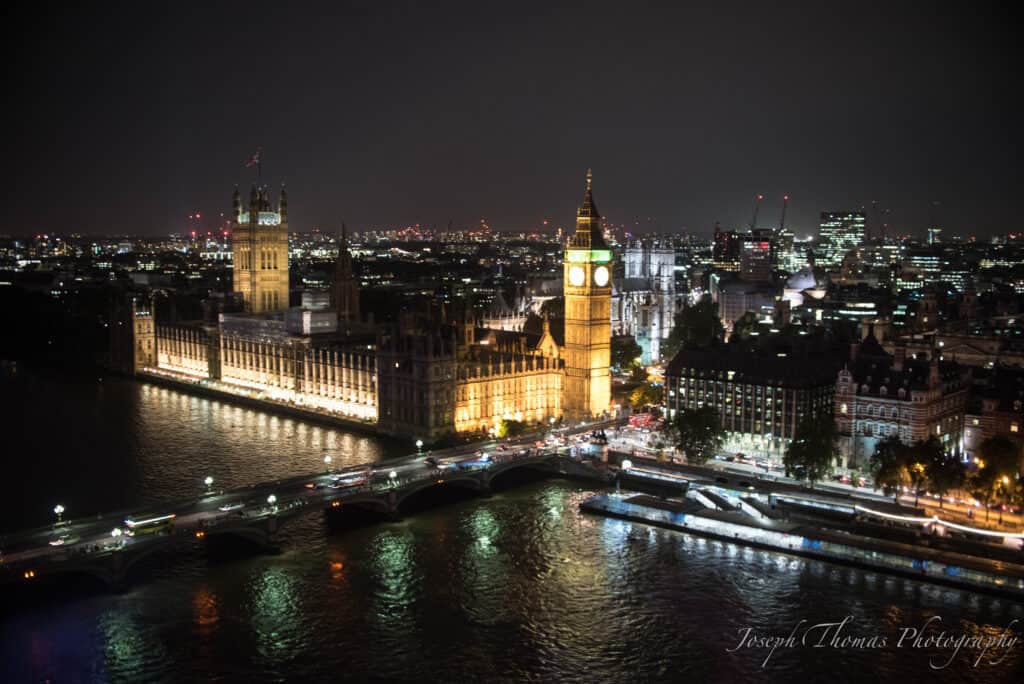
Covent Garden: This is a vibrant and bustling area in London, located in the heart of the West End. It is well-known for its lively atmosphere, street performers, and cultural attractions. The area was originally a fruit and vegetable market, but has since been transformed into a popular destination for tourists and locals alike. Covent Garden is home to many shops, restaurants, cafes, and bars, as well as the famous Covent Garden Market.
The market is a historic landmark and a great place to shop for unique gifts, souvenirs, and handmade crafts. Covent Garden is also home to many cultural institutions, such as the Royal Opera House and the London Transport Museum.
Piccadilly Circus: This famous public space is located in the heart of London’s West End. It is well-known for its iconic illuminated advertising billboards, which have made it one of the most recognized landmarks in London. The square is surrounded by many famous buildings, such as the Shaftesbury Memorial Fountain, the Criterion Theatre, and the London Pavilion.
Piccadilly Circus is a popular destination for both tourists and locals, and is often a hub for shopping, entertainment, and nightlife. The area is surrounded by many shops, restaurants, cafes, and bars, making it a great place to relax and people-watch. The nearby streets, such as Regent Street and Oxford Street, are known for their high-end shops and luxury brands. Overall, Piccadilly Circus is a vibrant and bustling public space, offering a true taste of London’s vibrant culture and energy.
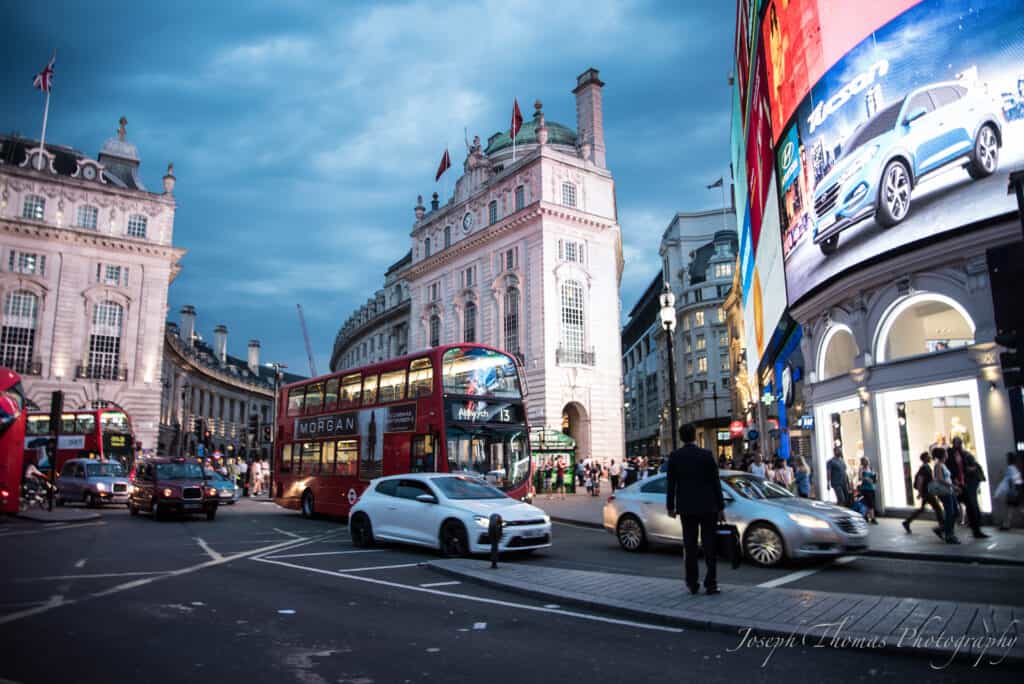
St. Paul’s Cathedral: This cathedral is located in the heart of the city and dates back to the 17th century. It was designed by Sir Christopher Wren and is a stunning example of English Baroque architecture. Inside the cathedral, visitors can see many beautiful features, such as the elaborate stained glass windows, the intricate mosaics, and the stunning dome.
The cathedral also contains many historic tombs and monuments, including those of famous figures such as Admiral Lord Nelson and the Duke of Wellington. St. Paul’s Cathedral has played a significant role in British history, and has hosted many important events such as the funeral of Sir Winston Churchill and the wedding of Prince Charles and Lady Diana.
Trafalgar Square: This square is located in the heart of the city and is surrounded by many iconic buildings, such as the National Gallery and St. Martin-in-the-Fields church. The square is named after the Battle of Trafalgar, a naval victory in which British Admiral Horatio Nelson defeated the French and Spanish fleets.
The square is home to many historic monuments and sculptures, including the famous Nelson’s Column, which stands at the center of the square. Trafalgar Square is also known for its fountains and its many events and celebrations, such as New Year’s Eve fireworks and cultural festivals.
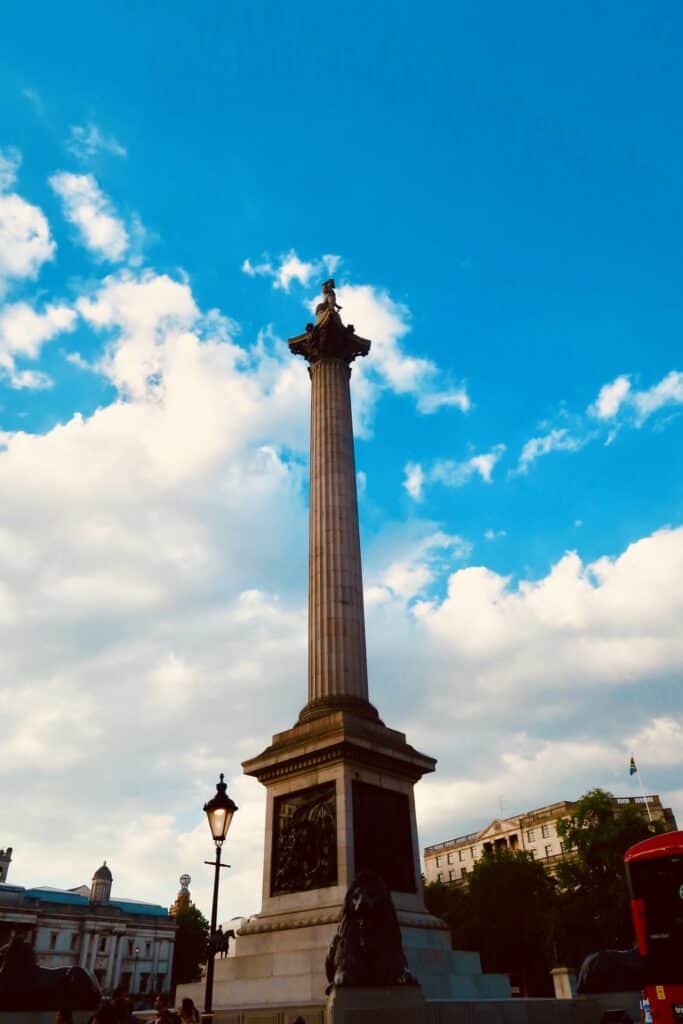
Madame Tussauds: This popular attraction is located in the Marylebone area of the city. The museum is famous for its lifelike wax figures of celebrities, politicians, athletes, and historical figures. Visitors can take photos with their favorite stars, and there are many interactive exhibits and experiences throughout the museum. Madame Tussaud’s has a rich history dating back to the late 18th century, when Marie Tussaud first started creating wax figures in France. Today, the London location is one of several Madame Tussaud’s museums around the world, and is a must-visit destination for tourists in London.
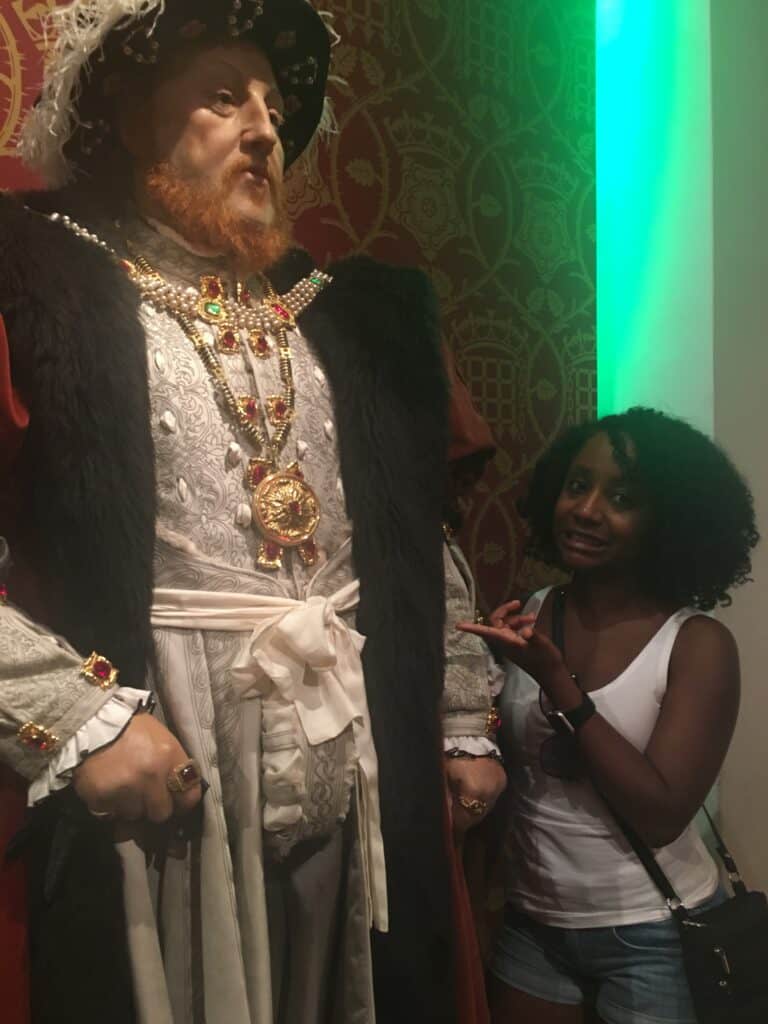
The museum features figures of many famous British figures, such as the Royal Family, Winston Churchill, and Adele, as well as international stars like Beyoncé and Barack Obama. In addition to the wax figures, Madame Tussaud’s also features many other exhibits, which make it quite unique when compared to other locations. These exhibits include the Marvel Super Heroes 4D experience, a Star Wars experience, and a Spirit of London ride.
Day 2 | The Royal Experience
Morning
You can’t visit London without getting at least a little taste of royalty! So on your second day in the city, I recommend hitting up some of the following royal sites:
Buckingham Palace: This is the official residence of the British monarch in London and is located in the heart of Westminster. It has served as the royal residence since 1837 and is the administrative headquarters of the monarch. Buckingham Palace has 775 rooms, including 19 state rooms, 52 royal and guest bedrooms, 188 staff bedrooms, 92 offices, and 78 bathrooms.
During the summer months you can tour the palace and also witness the famous Changing of the Guard ceremony that takes place outside the palace gates. The palace is surrounded by many beautiful parks and gardens, including St. James’s Park and Green Park. Buckingham Palace has been the setting for many historic events, such as royal weddings, state visits, and investitures.
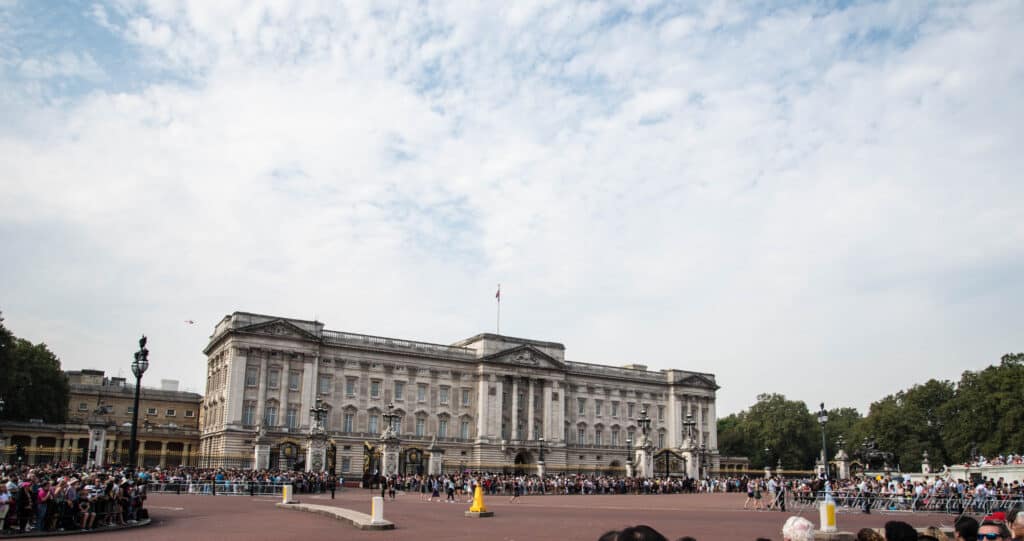
For timings on the Changing of the Guard ceremony, be sure to check here for details when planning your visit. I think that it is a fun ceremony to watch, if you enjoy a bit of pomp and circumstance. Get there early so that you get a good watching spot!
If traveling via the Tube, you may get to the palace via the Hyde Park Corner, Green Park, St. James Park, or Victoria tube stations.
Royal Mews: This is a working stable located in the heart of London, near Buckingham Palace. It is responsible for the care and maintenance of the royal family’s horses and carriages. The Mews is open to the public and visitors can take a tour to see the historic carriages and coaches that have been used by the royal family over the centuries. The most famous of these carriages is the Gold State Coach, which has been used for coronations since 1821.
Visitors can also see the modern motor cars used by the royal family for official engagements. The Royal Mews has a long history dating back to the 14th century, and has been located at its current site since the 1820s. It is located just a short walk from Buckingham Palace. Click here to book tickets in advance and save time waiting in line.
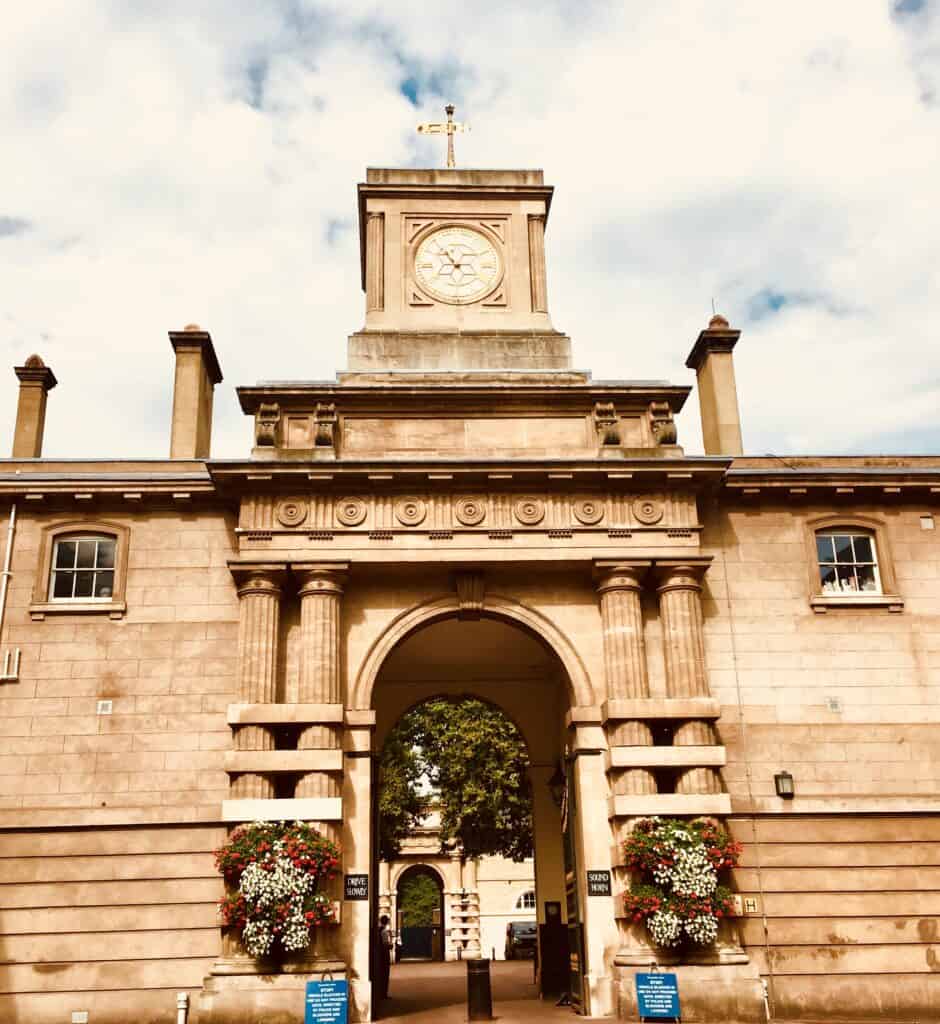
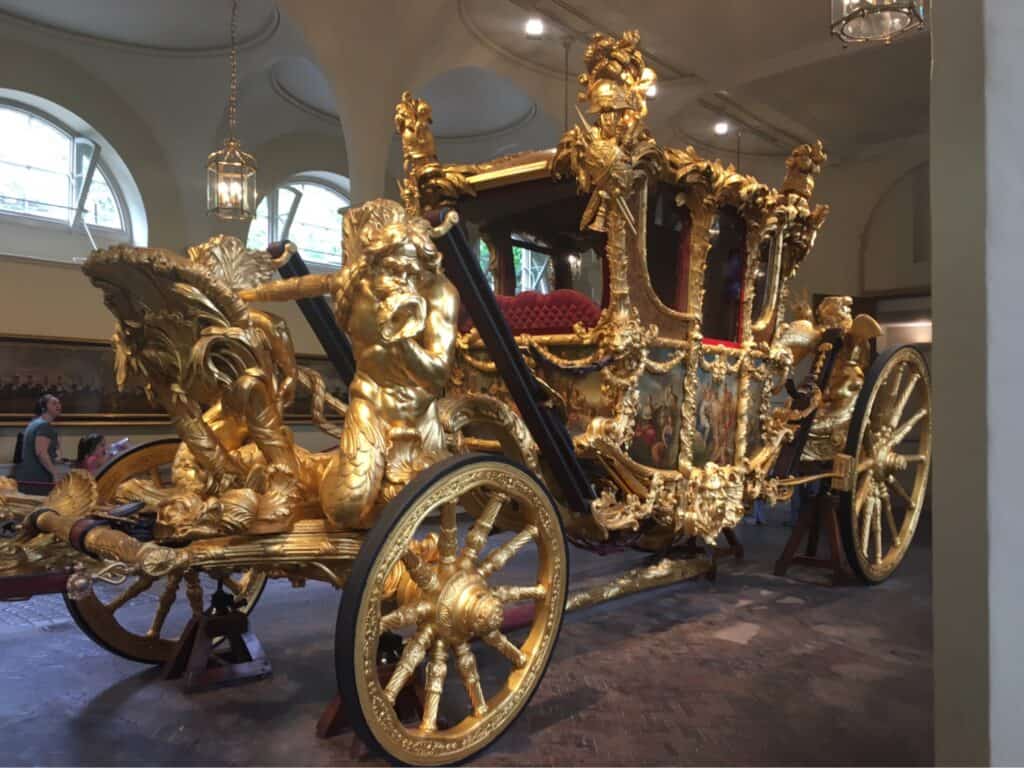
Afternoon
Kensington Palace: This is a historic royal residence located in the Kensington Gardens in London. The palace has been home to many members of the royal family, including Queen Victoria, Princess Diana, and currently the Duke and Duchess of Cambridge. It has a rich history dating back to the 17th century, and visitors can explore many of the palace’s state rooms, including the King’s State Apartments and the Queen’s State Apartments.
The palace is also home to many fascinating exhibits, such as the Victoria Revealed exhibition, which explores the life and reign of Queen Victoria. The palace is surrounded by beautiful gardens and is adjacent to Hyde Park, making it a popular destination for tourists and locals alike.
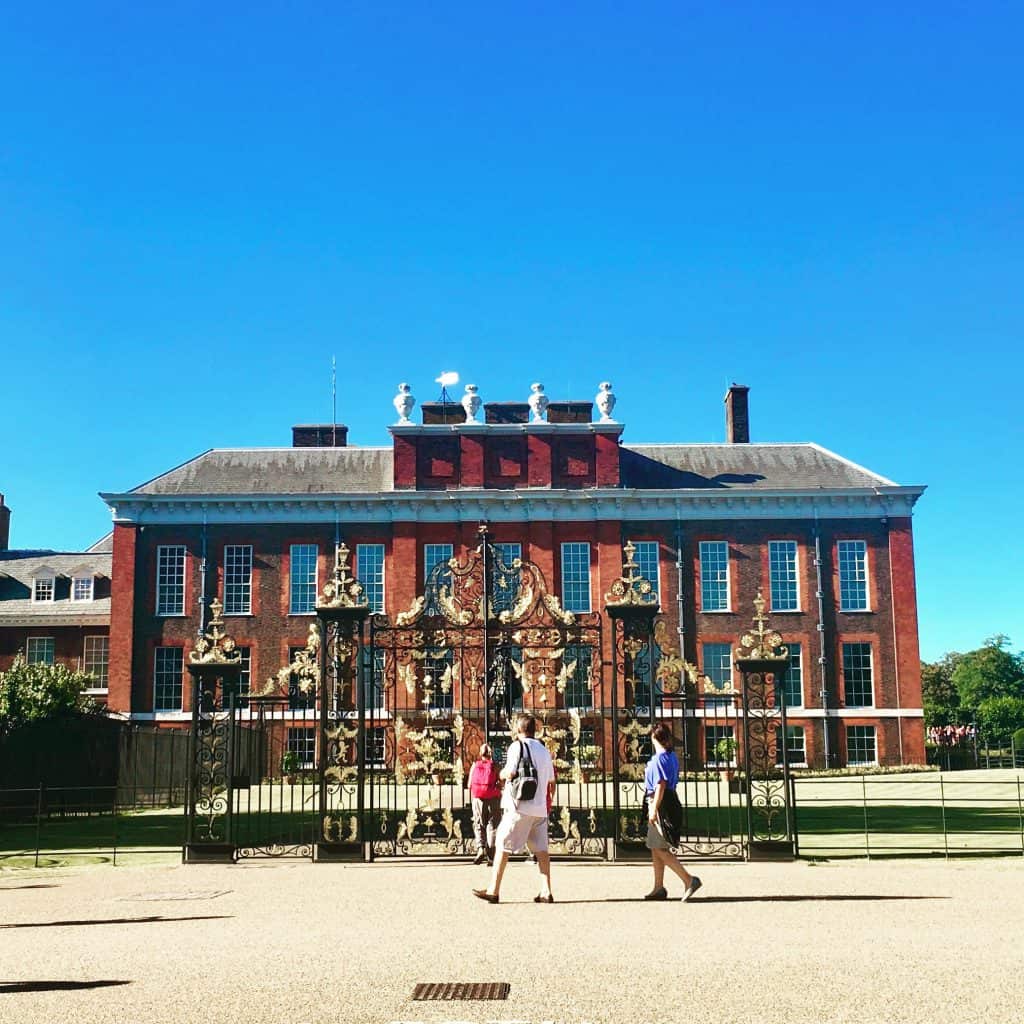
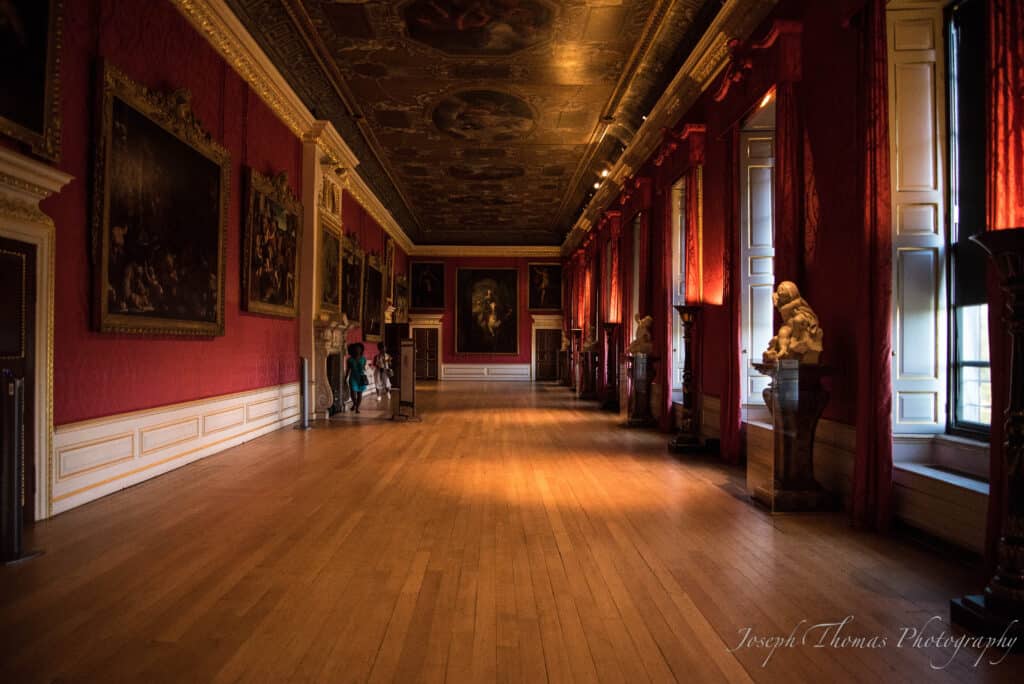
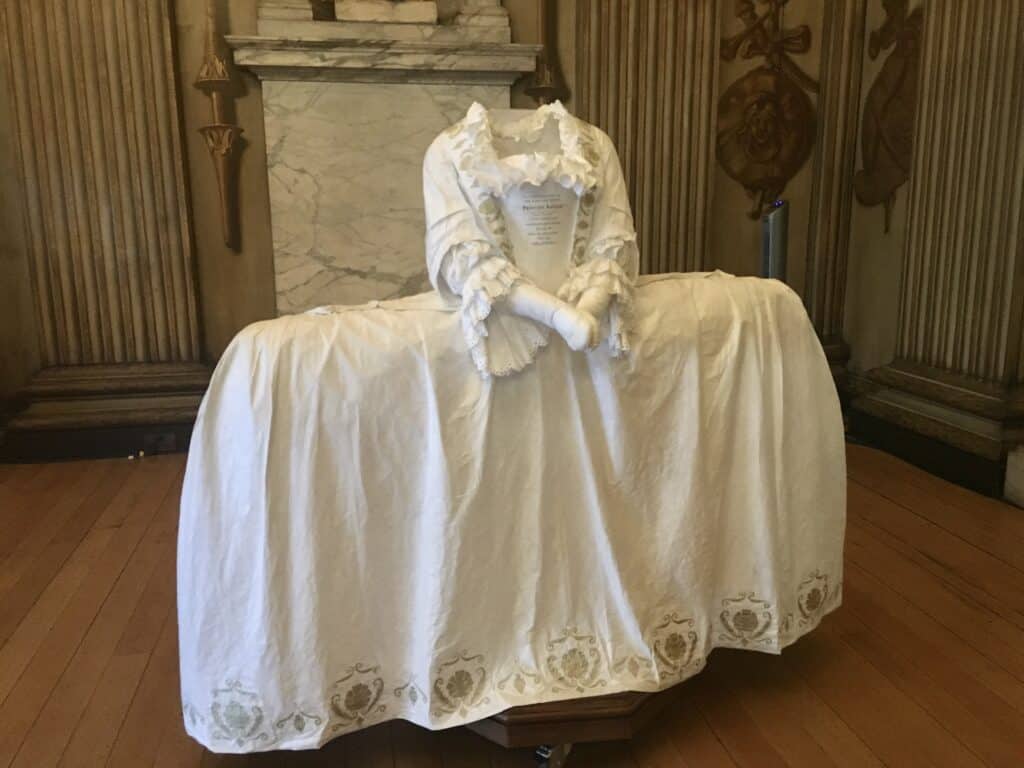
Kensington Palace is also known for its connection to Princess Diana, who lived there for many years and whose memory is honored with a special exhibition called Diana: Her Fashion Story. The exhibit features many of Princess Diana’s most famous outfits and explores her unique style and impact on fashion. I really enjoyed the fashion exhibit in the palace, and spending time strolling through the gardens there. (The palace is also home to the beautiful Sunken Garden, which was transformed in 2017 to commemorate the 20th anniversary of Diana’s death.) I think this is a great place to spend a bit of a leisurely afternoon.
You should plan to book your ticket in advance, as this is a very popular exhibit. Click here to check prices. The High Street Kensington and Notting Hill Gate tube stations are closest to this attraction.
Day 3 | A Bit of History
Morning
A trip to London is not complete without learning a bit about the history of this 2000 year old city. So on your third day in London, I recommend first making a stop at the Tower of London.
This is a historic fortress and UNESCO World Heritage Site located on the north bank of the River Thames. The tower has played a significant role in English history since it was first constructed by William the Conqueror in 1066. Over the centuries, the tower has served as a royal palace, a prison, a treasury, and even a zoo. Today, the tower is open to the public and visitors can explore the many exhibits and attractions, such as the Crown Jewels, which are kept in the Jewel House. The tower is also home to many fascinating historical artifacts, including suits of armor, weapons, and torture devices. Visitors can also see the famous ravens, which are kept at the tower and are said to protect the Crown and the tower from destruction.
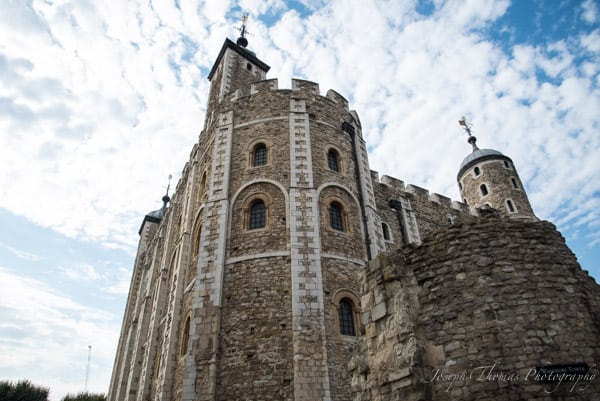
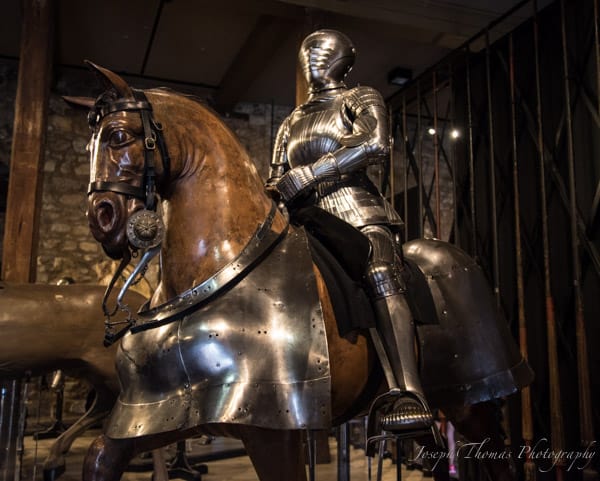
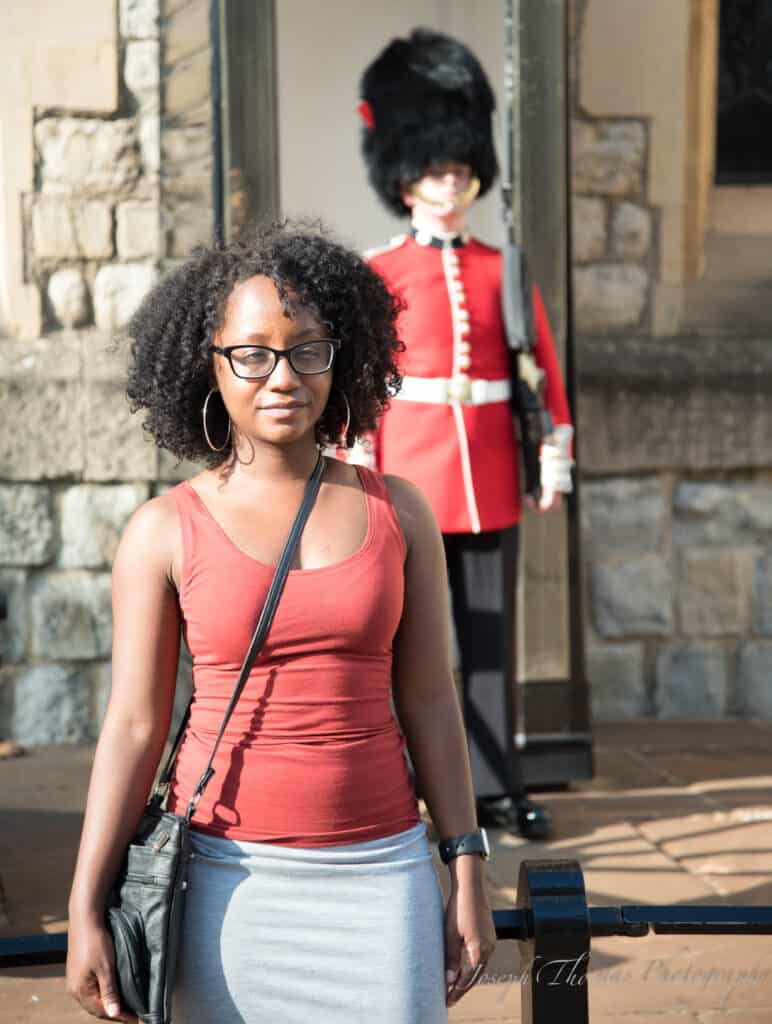
The tower is surrounded by many beautiful gardens and is adjacent to the Tower Bridge, which offers stunning views of the city. One of the most popular attractions at the tower is the Beefeaters, who are the ceremonial guardians of the tower. They wear distinctive red and black uniforms and provide guided tours of the tower. The tower has a rich and sometimes gruesome history, and is believed to be haunted by the ghosts of many famous historical figures.
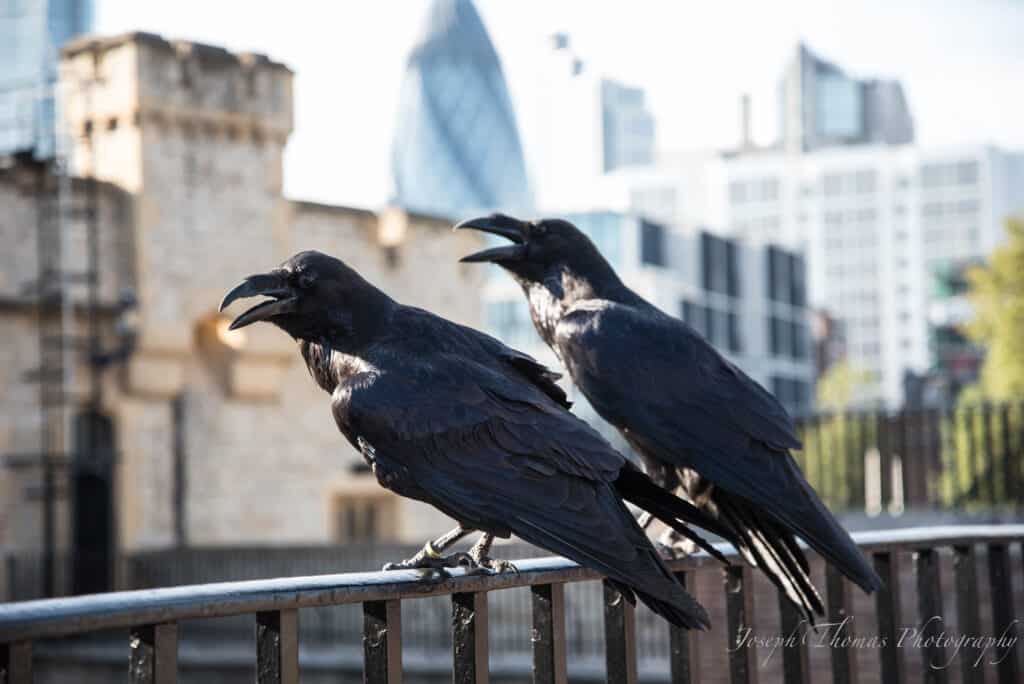
For example the tower is well-known as the place where Anne Boleyn was beheaded by King Henry VIII. Despite its dark past, the Tower of London remains one of London’s top tourist destinations, and is honestly one of my favorite historical sites in London.
Click here to Book your Tickets in Advance!
The tower is also just walking distance from the Tower Bridge, so you can visit this on your stop here too. This bridge spans the River Thames, and may be what you think of when you hear “London Bridge”. (Although that bridge is pretty plain). The Tower Bridge was completed in 1894 and was designed to provide a crossing over the river that would not interfere with the shipping traffic that used the river at the time.
The bridge is made up of two towers that are connected by a high-level walkway, and the bridge can be raised to allow tall ships to pass through. The bridge is also home to a museum that explores the history of the bridge and its role in London’s history. You can access the tower and the bridge via the Tower Hill tub station.
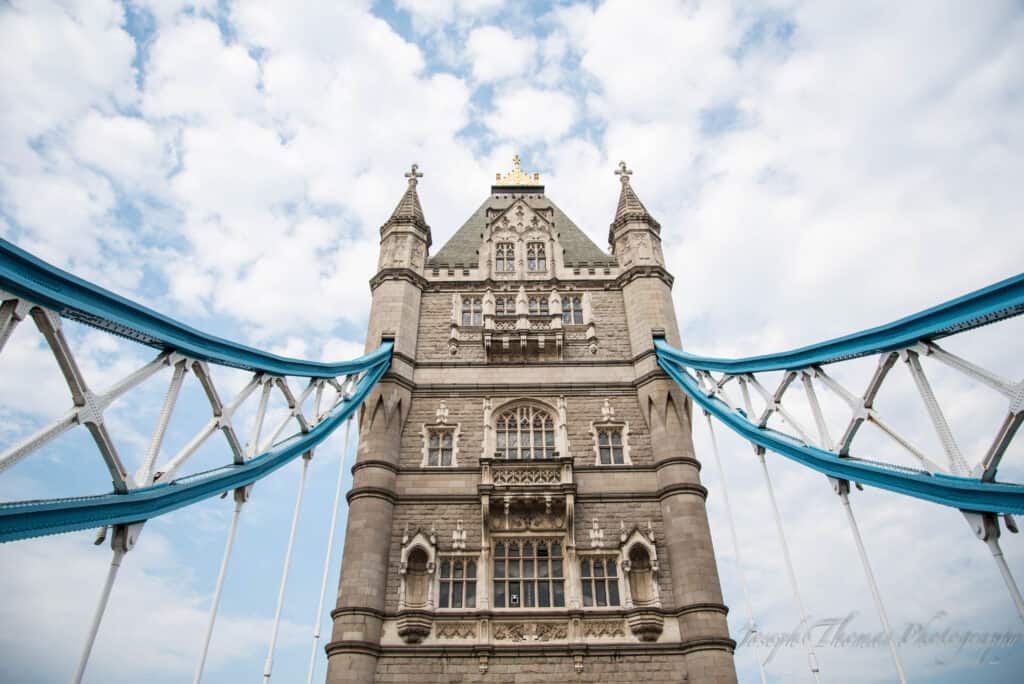
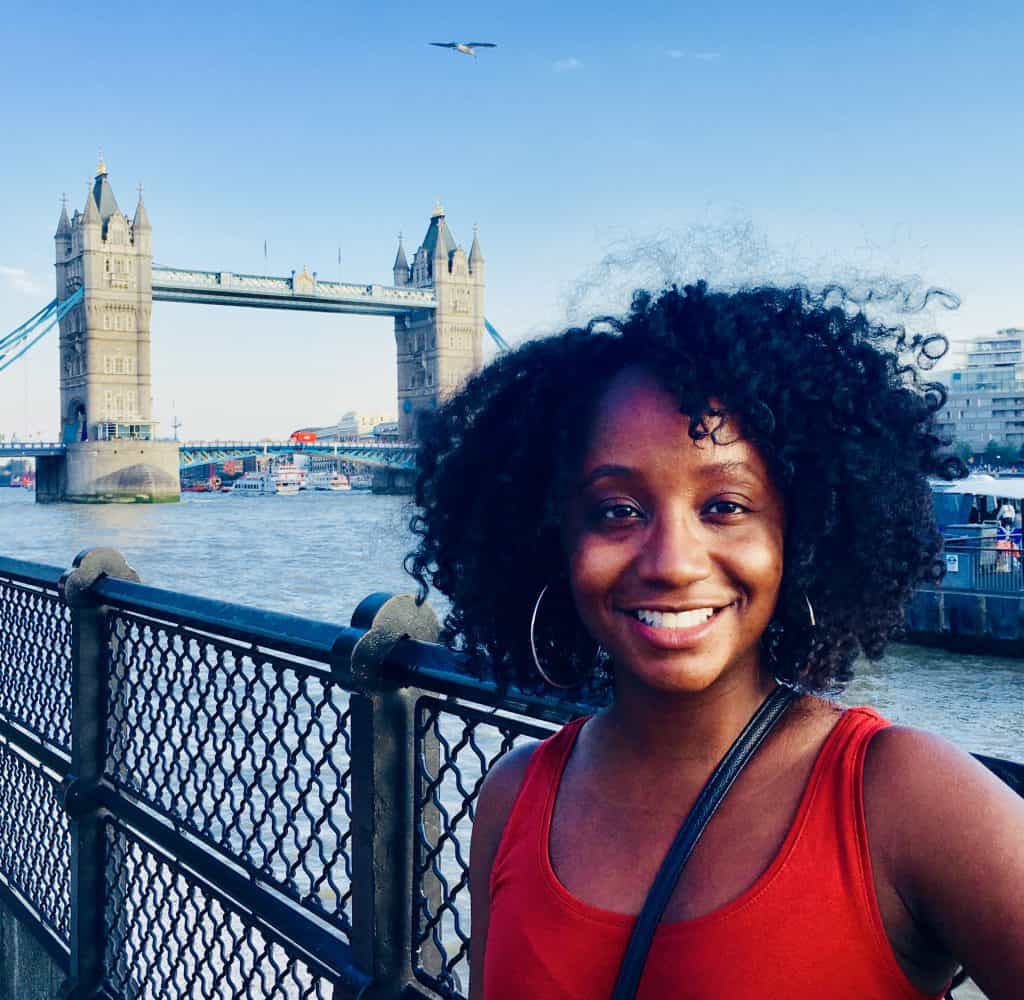
Afternoon
Visit the British Museum
Later in the day, I recommend making a stop at the British Museum. This is one of the largest and most comprehensive museums in the world. Located in the heart of London, the museum boasts an extensive collection of over 8 million artifacts that span the history of human civilization. The museum’s collection includes everything from ancient Egyptian mummies to Greek and Roman sculptures, and from Aztec artifacts to Japanese swords. The museum is also home to the famous Rosetta Stone, which was instrumental in deciphering hieroglyphics, and the Elgin Marbles, a collection of classical Greek marble sculptures. The British Museum is free to the public, and visitors can spend hours exploring the many galleries and exhibits that showcase the breadth and depth of the museum’s collection.
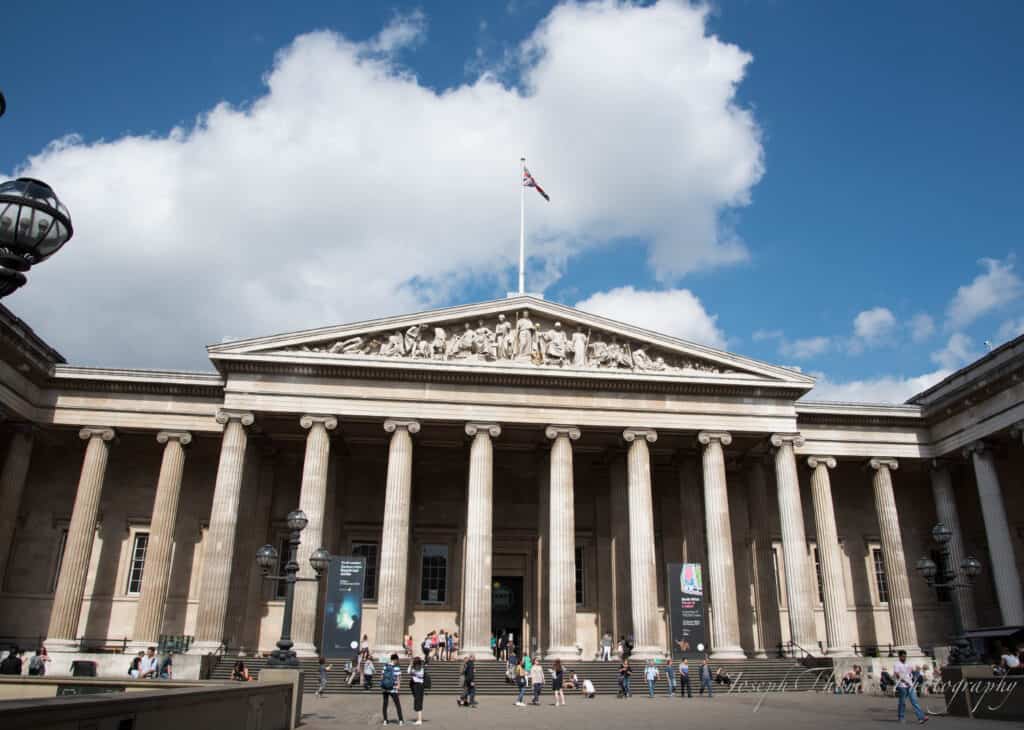
The British Museum is more than just a collection of artifacts, however. It is also a center of research and scholarship, with many of the world’s leading experts in various fields of study working at the museum. The museum is committed to making its collection accessible to everyone, and has launched a number of initiatives to make its resources available online.
The complex part about the museum is that many of the artifacts it houses have been taken from those who were once under the rule of the British Empire. I have been to museums in locations like Athens and Egypt where they have mentioned there are still waiting for there artifacts to be returned. I don’t say this to detract you from going, because the collection is impressive. But this is just a lens to keep as you explore / something to ponder.
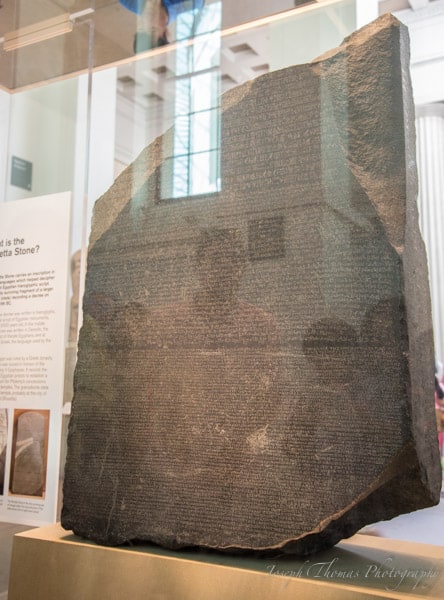
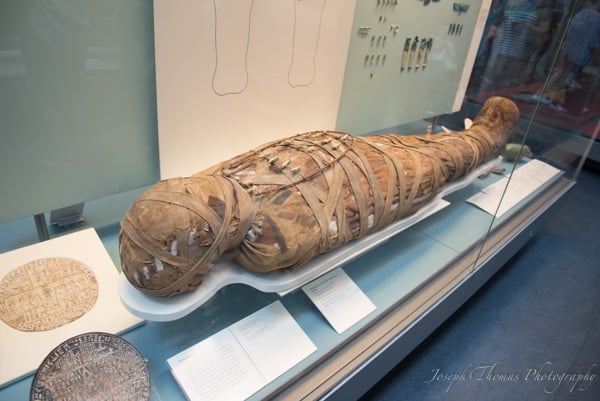
As mentioned above, most of the museum is free, but I recommend visiting at least one of the paid exhibits as well, time/budget permitting. These are typically rotating exhibits, and are a bit more ethically sourced. Also, if you want to make the most of your time in there, I recommend taking a Guided Tour of the Museum.
You can get to the museum via the Tottenham Court Road, Holborn, Russell Square, or Goodge Street stations.
Or Visit the Natural History Museum
If you prefer Natural History to Cultural History, you may want to spend your time instead at the London Natural History Museum. This is one of the largest and most comprehensive natural history museums in the world. Located in South Kensington, the museum is home to a vast collection of specimens, ranging from dinosaur fossils to rare animal specimens, as well as interactive exhibits and displays.
The museum’s centerpiece is the famous Diplodocus skeleton, which towers over the central hall and has become an iconic symbol of the museum. Visitors can also explore the museum’s many galleries and exhibitions, including the Darwin Center and the Earth Hall, which showcases the museum’s collection of rare minerals and gems. This one is a must-visit destination for anyone interested in the natural world and the history of life on Earth.
You can get to the museum via the South Kensington tube station.
Day 4 | Shopping and Shakespeare
Morning
If you’re looking to do a bit of shopping while in London, check out one of the following neighborhoods:
High Street in Kensington: This a bustling and vibrant shopping destination located in the heart of one of London’s most affluent neighborhoods. The street is lined with designer boutiques, high-end department stores, and luxury brand flagship stores. Visitors can find everything from designer clothing and accessories to gourmet food and home decor. High Street is also home to many fine dining restaurants, cafes, and bakeries, making it a popular destination for foodies as well. The street is pedestrian-friendly, and visitors can stroll along the wide sidewalks and take in the sights and sounds of this vibrant shopping district.
Oxford Street: One of London’s most famous shopping destinations and is known for its wide range of stores and boutiques. The street is lined with over 300 shops, including some of the world’s most famous department stores, such as Selfridges and John Lewis. Visitors can find everything from designer fashion and accessories to high street brands and trendy boutiques. Oxford Street is also home to many restaurants, cafes, and bars, making it a great place to stop for a meal or a drink while shopping.
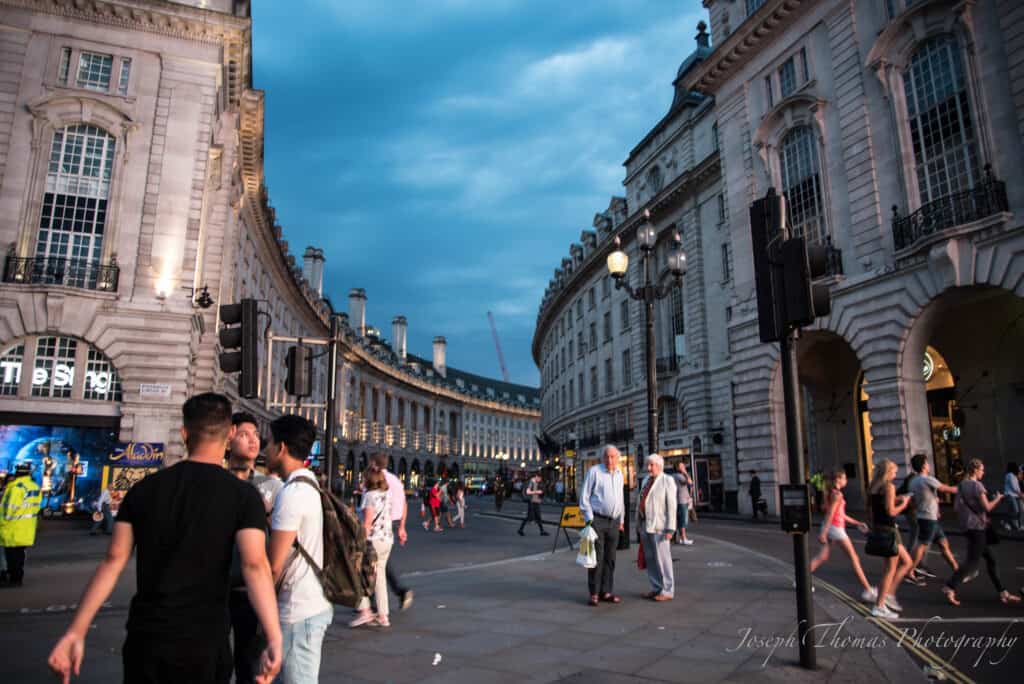
During the holiday season, Oxford Street transforms into a winter wonderland with stunning Christmas lights and decorations. The street is also home to many events and festivals throughout the year, such as the Oxford Street Fashion Showcase, which celebrates London’s fashion scene. You may want to brace yourself for large crowds, especially during peak shopping periods. Also, always keep an eye out for potential pick-pocket’s at this time.
Covent Garden: As mentioned above Covent Gardens has a great market. It offers a unique experience that offers visitors a mix of independent boutiques, artisanal shops, and designer brands. The area is known for its beautiful architecture and historic buildings, which provide a charming backdrop for shopping and exploring. Here you can find everything from handmade jewelry and vintage clothing to luxury fashion and beauty products. The market halls of Covent Garden are also home to many food stalls, offering a variety of international cuisines and gourmet treats. I think that it is a great place for finding unique gifts for your loved ones!
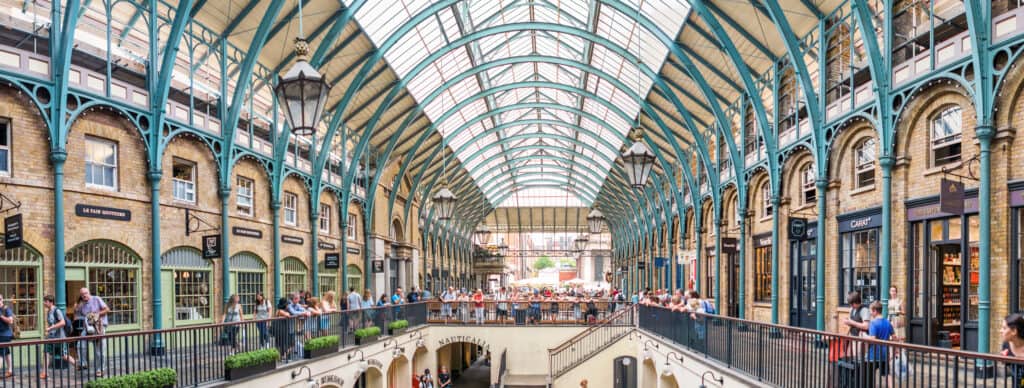
Afternoon
After shopping, head over to the Globe Theater for a tour of the theater and to learn some Shakespearean history. The Globe Theatre is a reconstruction of the original theater where William Shakespeare’s plays were performed. Located on the south bank of the River Thames, the theater was rebuilt in 1997 and has since become a popular destination for theater enthusiasts and tourists alike. The theater offers a range of Shakespearean plays, as well as contemporary productions, and is known for its immersive and authentic performances. Visitors can enjoy the plays from the seated galleries or stand in the yard, just as audiences would have done during Shakespeare’s time.
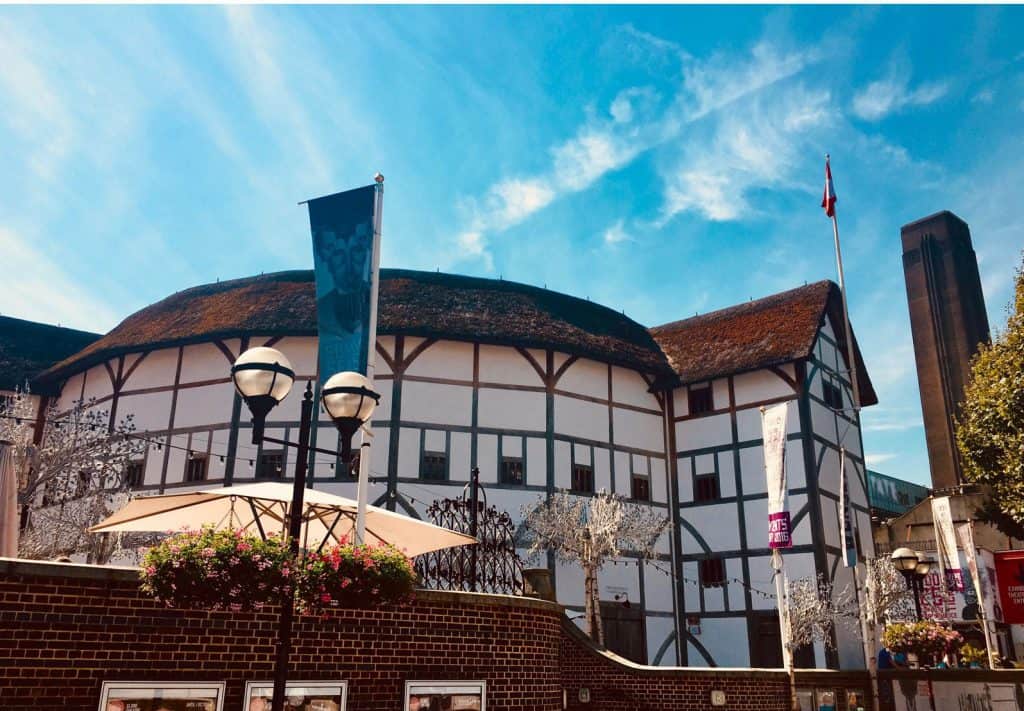
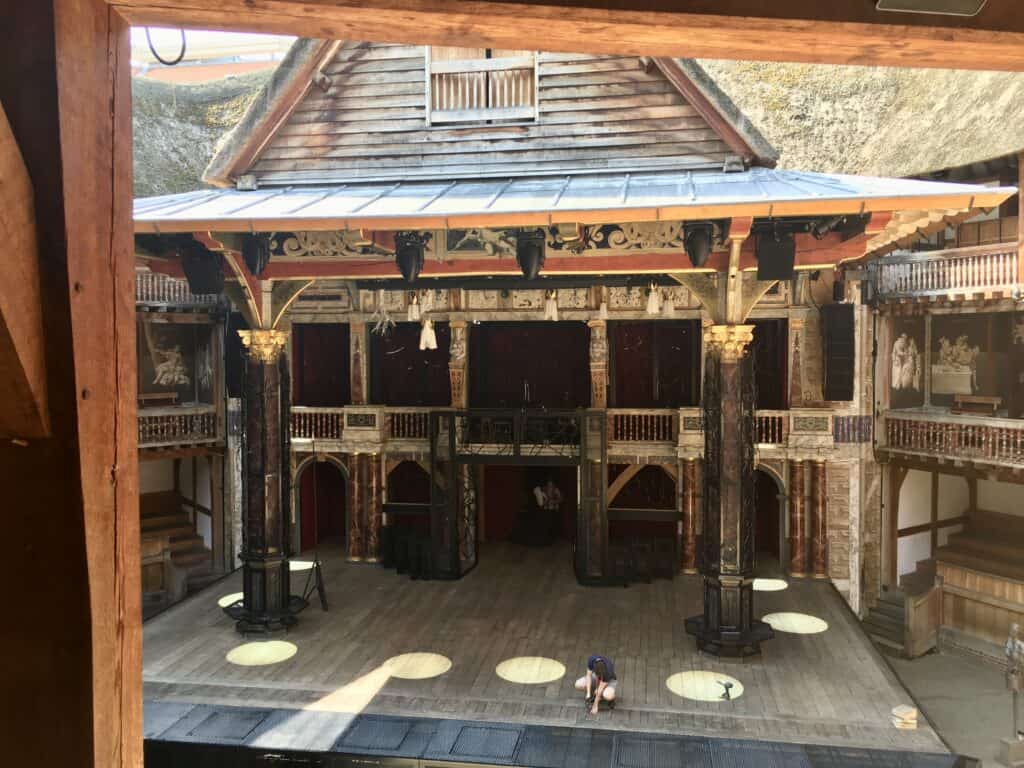
If you are a true Shakespeare fan, reserve your place at one of the evening plays. You’ll be able to experience the show in a manner very similar to Shakespeare’s contemporaries. Note, these shows book quickly, so buy your ticket at least a few weeks in advance to reserve your place.
The London Pass
If you are interested in saving money while in London, you might consider purchasing the London Pass. This is a sightseeing pass that provides visitors with access to 85+ popular attractions and experiences in London. The pass allows visitors to save time and money by providing entry to attractions without the need to purchase individual tickets. In addition, the pass provides visitors with skip-the-line access to many popular attractions, allowing them to bypass long queues and save time. The pass also comes with a free guidebook and map, which provide visitors with useful information about each attraction and tips for making the most of their time in London.
The London Pass is available for purchase for one, two, three, six, or ten consecutive days, depending on the length of stay in London. The pass can be purchased online or in-person at select locations throughout the city. I do recommend purchasing your pass before you head to London in order to save you precious time while you are traveling.
Click here to buy your London Pass!
Additional Experiences to Try in London
There are several very “British” things you might want to try while in London as well:
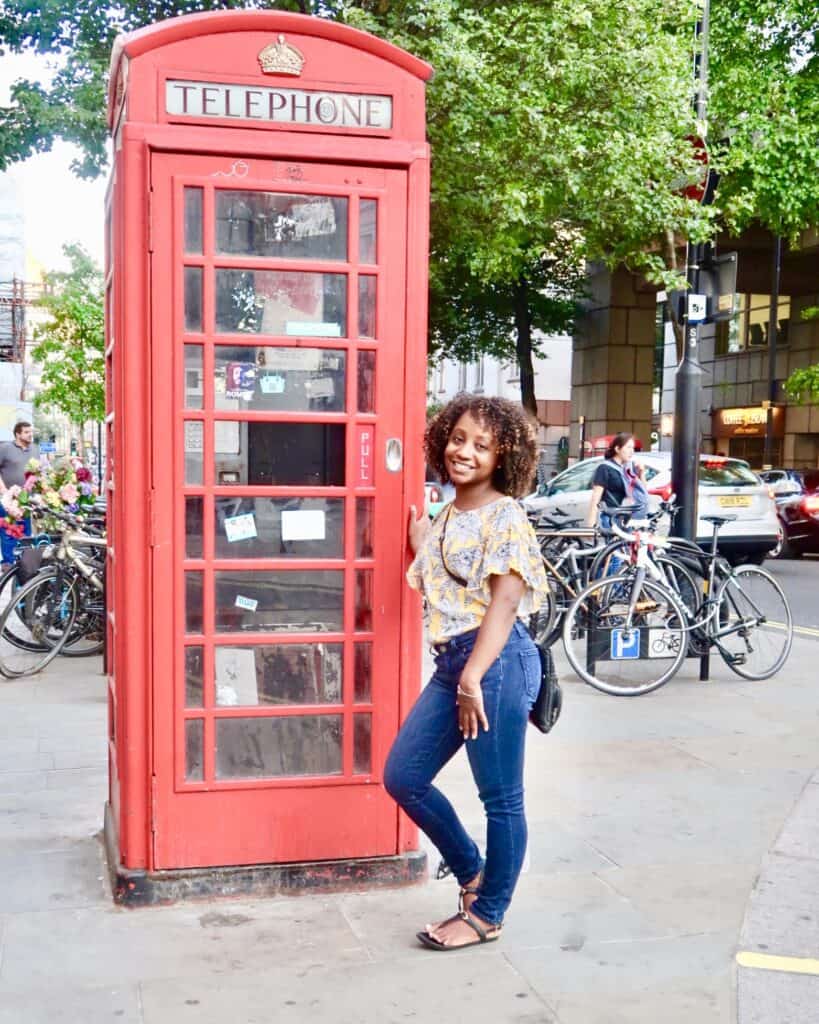
- Partake in Afternoon Tea: Ride on a cruise along the River Thames while you experience traditional English tea, along with an array of sandwiches, jam, and traditional cakes.
- Ride one of the Double-Decker Buses: The Red Double-Decker buses are another icon of London. Skip the tube for a stop and travel to the next location above ground.
- Take a picture by the Red Telephone Box: Telephone boxes are not a necessity these days, but you can certainly still find them around town! Take a picture with one for the nostalgia of it all.
- Magical London: Harry Potter Guided Walking Tour: This experience is meant to bring the movies to life. Throughout the tour you will compete with other “Houses” to solve trivia on the movies.
Day Trips from London
There are several sites that are close to London that you may want to check out if you have more time on your trip to London:
- Visit Stonehenge: This prehistoric monument in Wiltshire, England, and is one of the most famous in the world. The monument consists of a ring of standing stones, each weighing up to 25 tons, arranged in a circular pattern. The purpose and meaning of the monument remain a mystery, but it is believed to have been constructed over several thousand years, with the first stones erected around 2500 BC. Stonehenge is believed to have had astronomical, religious, and ceremonial significance, and it is widely regarded as an important symbol of British history and culture. It is located about a two hour drive from London, but you can also go with a tour for more convenience.
- Harry Potter Warner Bros Studio Tour: Head about 1.5 hours outside the city to see the actual studios where the Harry Potter movies were filmed. You’ll get to see sights like Diagon Alley, Hagrid’s Motorcycle, Platform 9 3/4, the Hogwarts Express and more.
- Day Trip to Downtown Abbey, Oxford, and Bampton: If you are fan of both the Downtown Abbey show as well as education, I recommend heading to these sites as time permits. On this tour you will stop at the town where the home featured in the show is located. In addition get a tour of Oxford and the city where this institution is located. Oxford is home to several historic landmarks, including the Bodleian Library, the Radcliffe Camera, and the Oxford Castle. You can also explore the city’s many museums and galleries, including the Ashmolean Museum and the Museum of Natural History.
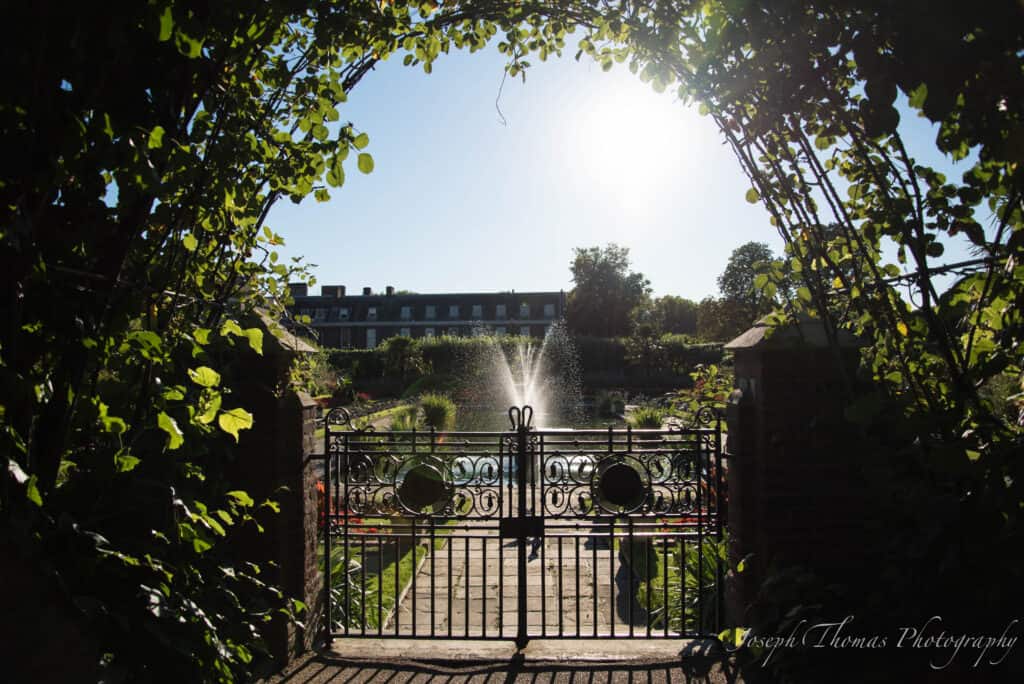
FAQs About Visiting London
Four days in London can be enough to experience the city’s iconic landmarks such as the Tower of London, Buckingham Palace, and the British Museum. However, given London’s rich culture, history, and the vast number of attractions, a longer stay would allow a more leisurely exploration. It ultimately depends on your interests and pace.
The best time to visit London is during the spring (late March to early June) when the temperatures are mild and the city’s parks are green and blooming. However, the late September to November fall period also presents a beautiful blend of mild weather and picturesque autumnal scenes. Nonetheless, London offers attractions throughout the year, making it a year-round destination.
An American planning to visit the UK for tourism purposes will need a valid passport. There is no visa requirement for stays up to 6 months; however, proof of onward travel may be needed. It’s recommended to have travel and health insurance as the UK does not offer free healthcare to non-residents.
To blend in with the locals in London, avoid wearing conspicuous tourist attire, such as I ❤️ London t-shirts. Try to refrain from constantly consulting a map in public places, and instead, rely on mobile navigation apps or ask locals discreetly for directions. Finally, familiarize yourself with local customs and etiquette, such as standing on the right side of the escalator and walking on the left.
Final Thoughts | London in 4 Days
That concludes this Guide on 4 Days in London. London is a great city to add to your bucket list, as there is almost an endless amount of things to do here. London is also a great place for people from the US/Canada to get their “feet wet” in international travel as the culture is relatively similar. Seeing London in 4 days won’t let you see everything, but is a perfect amount of time for you to experience this city’s highlights.
Have you visited London before? If so, what other recommendations do you have? Comment below!
Related Posts:
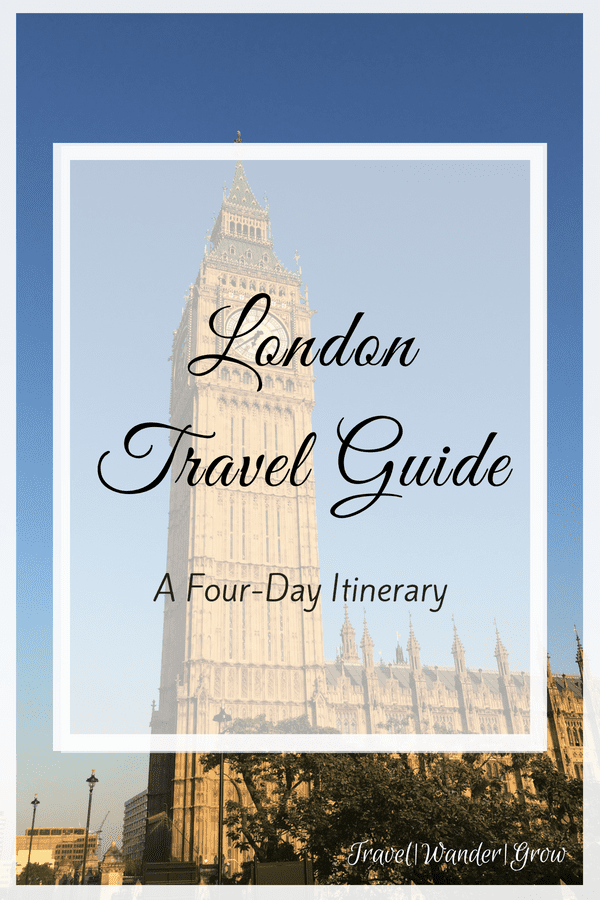

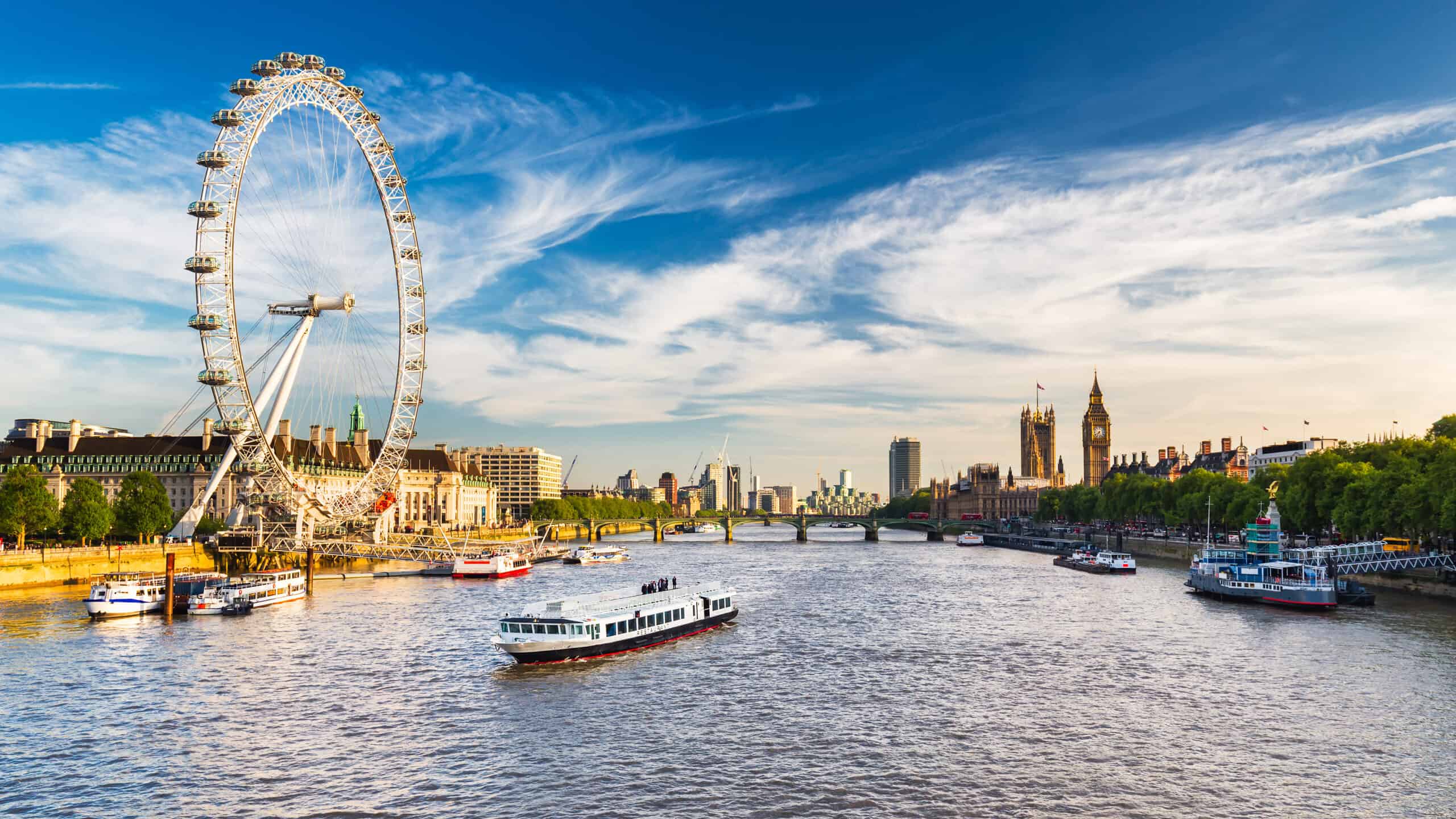
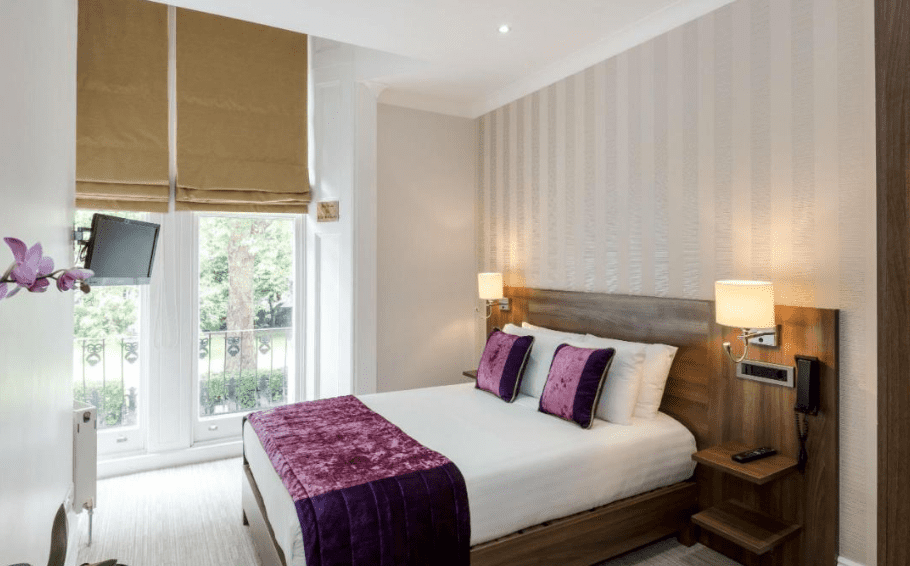

So many great tips here! Thanks!
It’s my pleasure! 🙂
Very well written travel post! I m a traveler, and this kind of posts help me out so much! London is definitely on my bucket list!!
Glad to hear it Stefano!!
GREAT SITE, we have been talking about making London our next trip. Our kids are obsessed with Peppa Pig and they have an amusement park there with that theme. Thank you for all of the great info and advice you provided. Will definitely be checking your site out again in the future.
Thanks Brandon! You should certainly check it out – if you have questions as you plan just let me know.
Love your blog! Your tips on London are great…all the spots a first time visitor should hit. London holds a special place in my heart as that is where I met my husband. Five years later, we went back to Bath to get married.
Thanks! And that’s awesome :). I haven’t been to Bath yet, but I definitely plan to make a stop there on my next trip to the area.
I’m adding London on my bucket list and hope to visit very soon!
Yes, you have to visit it at least once, Rochelle!